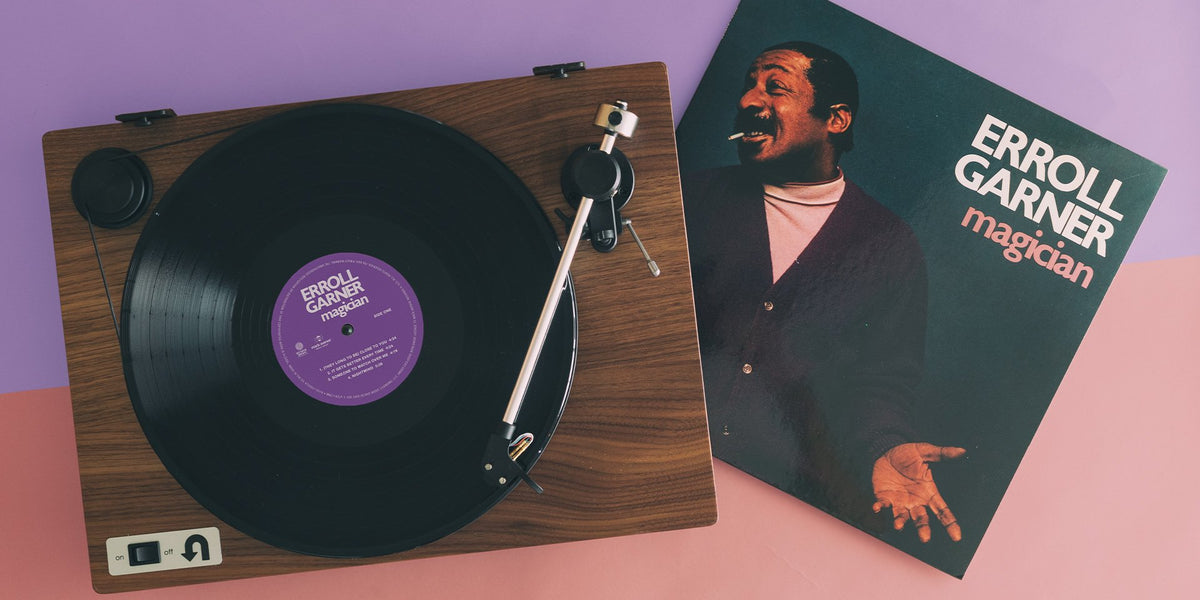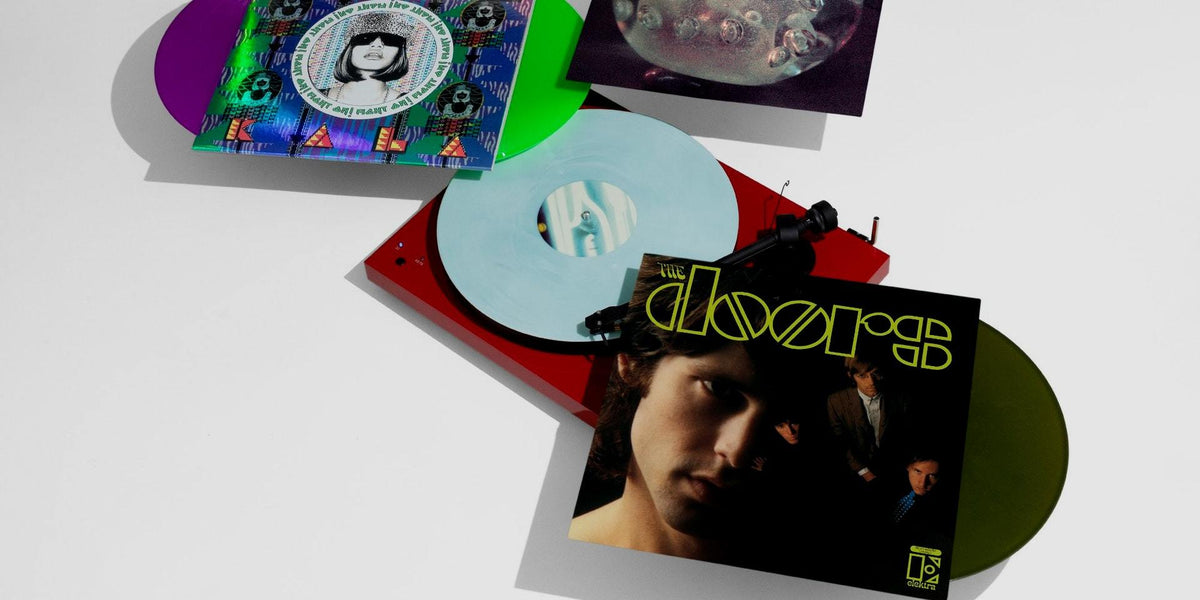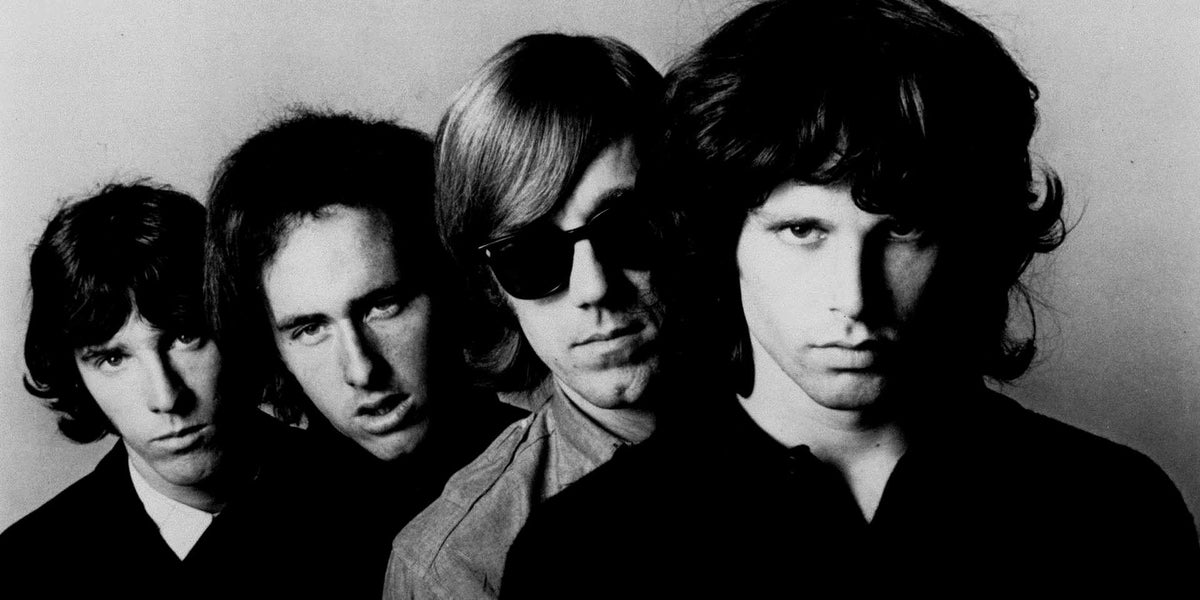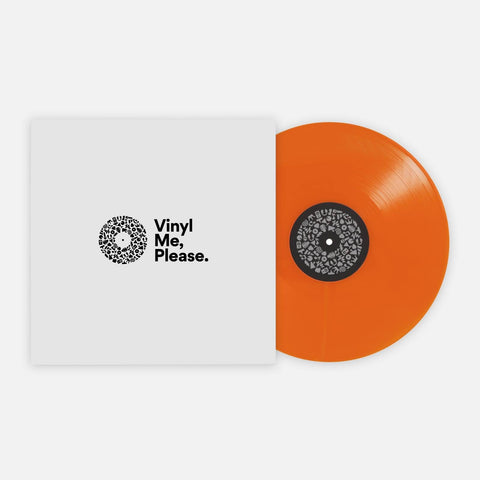‘Let It Happen’: Legendary Bruce Botnick on Engineering ‘The Doors’
The photo above is of Bruce Botnick with the band from Poppi Studios, February 10, 1971, during mix sessions for ‘L.A. Woman.’
For over a half-century, dropping the needle on The Doors’ monolithic self-titled debut has almost universally been followed by John Densmore’s bossa nova beat and Ray Manzarek’s piano bass bursting from the left channel, Robby Krieger’s skidding blues riff falling in from the right and Jim Morrison’s cocksure growl coming in front-and-center as the band invited curious minds to “Break On Through.” Though The Doors was originally released in both mono and stereo in the dawning of 1967, the album’s stereo mix came to be the definitive version as the songs settled into their vaunted place in the American musical canon. Despite the beloved album’s numerous reissues and reiterations through the years, vinyl releases of the mono mix have remained largely elusive, giving it a kind of shadowy, quasi-mythic status among fans and collectors.
With VMP’s release of the original mono mix of The Doors as the June 2021 Essentials Record of the Month, who better to talk about what’s behind this newly reopened door of perception than Bruce Botnick? Among an astounding body of work that includes Love’s Forever Changes and The Beach Boys’ Pet Sounds, the legendary engineer and producer engineered every one of The Doors’ albums up until Jim Morrison’s passing in 1971 and has lent his discerning ear to virtually all of the group’s releases since. Botnick returned to the original mono tapes to remaster the album for VMP’s release, and sat down with VMP’s Music Operations Coordinator and lead test pressing reviewer, Stephen Anderson, to talk about the inescapability of mono, the confluence of analog and digital audio and the zen of good mistakes.
This interview has been condensed and edited for clarity.
VMP: All my life, I've just known the stereo version of [The Doors]. You hear it on the radio, you hear the songs in movies, TV, everywhere, and you become familiar with a certain sound of it. Then to sit right in front of your speakers and go, “Oh, there’s something just different about this.” It’s not just the channels, but hearing almost a more forwardness, a low end that I had never really known before. I've seen people describe it as more “raw” and more “alive.” There's just an intangible quality to some of it, hearing things that I didn’t hear before and not hearing things that I might’ve been more used to. It’s got a certain mojo to it.
Bruce Botnick: Did you listen out of one loudspeaker? Not two?
I haven’t yet, no.
You should do that, because that’s what mono is: one loudspeaker. It is different because you gotta realize that, when we did this album, mono was the format. We had AM radio. FM wasn't any kind of reality whatsoever. Stereo was there, but it wasn’t the format. I think it was right after this album, Jac Holzman decided to eliminate both mono and stereo in the store. He just wanted one release, so he just moved to stereo.
But the mono is it, because when we listen, there’s nowhere to hide. There’s nothing coming out of the right. There’s nothing out of the left. There are no distractions. It’s just this image, just like watching a black-and-white movie where you’re not distracted by the color. In mono, you can push things a little bit further back and forth and not worry that you're going over here and there. So it does have a different perspective to it. The mono cutting heads sound a little bit different. Are you familiar with how stereo works on a record? Vertical and lateral: when they’re out of phase conditions, the cutting head has a tendency to rise up in a lot of the grooves. In mono, you don't have this problem. It’s just groove. It doesn't know. So, in some respects, mono is better when it comes to vinyl.
Is there anything with The Doors in particular that you feel comes to the fore a little bit more in mono?
I would say that the mono and the stereo are two different animals. It's the same music, the same echo chamber, same everything. But when you open things up, they do different things. It's its own person, mono.
Could you walk me through the process for making this specific mono master? You had remastered it a few years back, and before that, the only previous vinyl mono release was in ’67.
Being that AM radio was our only mode of getting it over the airwaves, mono was it. So we always mixed in mono and then would open it up into stereo. Because it was in stereo and, depending if somebody had possibly ingested a marijuana cigarette, what would have happened in the stereo? The music tells you what to do.
You ought to try it at home, just listening to one speaker. What's really cool about mono is you can sit anywhere in the room and the balance is the same no matter what.
[The Doors] was the only album that we recorded in four-track, because eight-track came into being in time for Strange Days, and eight-track is all we ever used all the way through L.A. Woman. But on all the albums, we’d always get mono mixes for AM radio. Always. So mono really never left us.
That's so fascinating to think about that period of time, of moving from working with one channel and then the entire industry becoming two. I always think that's interesting to hear recordings from that era, of people really playing with crazy panning and just exploring that.
We weren't into ping-ponging. The whole thing that Paul Rothchild and I agreed upon, especially for The Doors, was to get the performance. Because that's what it was all about. It's about the music. It's about the performance. It's not about me. It's not about Paul. We were privileged to be along for the ride.
Being that mono was the format of the day, it wasn't unusual. Most of the studios, the majority of them that had four-track, the fourth track was left over for overdubs or something special. But it was basically a three-track medium, where if you were doing — I'll bring up a Dean Martin recording, for example — where there was a rhythm section, there was some brass and woodwinds and maybe some strings and background vocals. They would put on one channel, say, the left, drums, guitar and piano. In the center, they would have the lead vocal and bass, these are live. On the right channel, they would have, maybe, the strings and brass and the background voices. This had nothing to do with stereo. This had to do with mixing so they had control of the bass. One thing you needed on AM radio was bass and the lead vocal, more than anything else. You could raise up your drum, your rhythm section a little bit, or your brass and voices.
If you'll notice, on this album, being that it's only four-track, everything was live. The lead vocal, the balances between Robby and Ray, which were on the right-track channel in the stereo, and on the left is just drums and the piano bass. The only thing we did overdub, besides doubling some voices, was on track four, where we did put Larry Knechtel on bass, and John doubled some drums occasionally. But basically everything was locked. When we were recording, the focus was on getting the mix live, because that's what we did in those days. I've been to sessions a lot of times where we just listened in mono while we were recording, even though we might be on multi-track.
You have such a long history with The Doors — you were there from the beginning, and you've been carrying that torch for the rest of your career. What's it like to revisit something that you recorded so long ago to remaster it?
Every time when you take time off from it and you go back to it, you hear things that you never heard before. That's literally it. Because the times have changed, what we look [for], perspective-wise, in balances and echo and all that. I'm not the same age as I was then. For me to go back and remix those and be exactly the same, it's pretty much impossible because time has marched on.
[I was] basically getting in and trying to get a better sounding master than we've ever done before. Sometimes, because of the age of some of the tapes, we've had to resort to some digital tools in order to repair. That's been really good, because doing things in extremely high sampling rates of 384 [kHz] / 32-bit, it's so close to analog it's imperceptible. We can go in there and confidently do that and know that when we go to lacquer, we can equalize like we always do in the analog domain and hopefully make a disc that people love. I don't think that we're going to go back and do this again anytime soon, so who knows? We'll see what the next generation comes up with.
Did you digitize the tapes for this specific session?
Yes. We had to. There were some flaking issues and things like that; some ticks and clicks and stuff that needed to be cleaned out. The goal is never to just transfer it and use it. The goal is to be able to restore and make a better product. Because we can do better today cutting lacquers than we could then. The cutting systems are better. I used Bernie Grundman on this one; we used a tube cutting system, which is what we used back in the day, because it imparts warmth. You can't make the disc as hot as you can with a solid-state cutting system — his solid-state cutting system is magnificent — but I wanted to be able to impart that warmth to the disc that tubes give. We're going through an analog console and we’re doing any EQ analog, and listening in one speaker while we're doing it. Bernie, he's been there and done that. He really understands the vicissitudes of cutting lacquers.
Another thing we can do in the digital domain which we couldn't do is — in those days, the tape recorders had what they called “mechanical braking.” You would have [the] supply roll on the left side and then the take-up on the other — the tape goes from left to right. If the machines weren't adjusted correctly, the braking could come to fore and slow a tape machine down, so that when you played it back on another machine that was adjusted, it could play back progressively faster. Now we are able to take these tapes, transfer them at 384 / 32-bit, and resolve the speed so that it's running exactly like the multi-track was, in this case it was a four-track. There are a lot of advantages now to going to digital on very old product, because you can get rid of wow, flutter, speed anomalies.
The goal is to get back to analog as much as possible, so that digital is nothing but a medium for us. The higher the sampling rate we can go, the closer we get to actually superseding analog. The one thing about analog I can tell you is that it forgets. High frequencies on the tape want to go back to their inert stage. We would do shootouts, running an analog tape machine and digital side by side, record an act, play it back immediately. Analog was just superb. Digital was very good, but the analog just had it. Wait about 10, 15 minutes, you play them again — all of a sudden the analog is not sparkling like it was. An hour later, [it] really was gone, and the digital sounds better. One thing about digital, it doesn't change. If we can take all our old analog masters, get them up at an extremely high sampling rate and do processing, that's really good. We're bringing it back.
Coming from a vinyl point of view, there is a very strong “analog versus digital” kind of thing. They can work well together and you can bring out the best of each to make a great record in the end.
The idea is to get as close and exceed analog if at all possible. That's it. If it's transparent and it's allowing us to present the music better, it's a good tool. I go back and I listen to so many analog recordings — I did hundreds — and they're magnificent. But it also has a lot to do with tube microphones, tube consoles, great musicians. There's a lot of things there.
You talked about how playback speeds could get kind of funky with analog — you get some of that phasing, you get some speed issues. Can you talk to me about “Light My Fire?”
When it came time to do this for you guys, I asked, "Would you like me to correct the speed?" Because it's running a quarter-tone flat from the top of the side to the end. Both “Light My Fire” and “The End” are running really slow, but everybody's used to it. But the single on “Light My Fire” was running on speed, because we didn't know — put some tape on the capstan on the tape machine and it sped it up for radio, and all we did was bring it back up to speed. We do have plans to resolve the pitch of the entire album, both mono and stereo, and put that out as a release. The only other time that people have heard the album on speed was in the Perception box set, when I mixed it for surround.
The wow and flutter and correcting that, there's a process called Plangent. In analog when you record, they call it a bias frequency. There's a frequency that you can't hear that, if you resolve it, then what you've done is you've made the two-track run at the speed of the multi-track. But in this album, this wasn't the case, where the two-track was running wrong. It was when we mixed it in New York that the four-track slowed down. The two-tracks were actually running on speed, but not on pitch.
I really, truly understood why, for Vinyl Me, Please, we went and duplicated what we did in 1967. It's a historical piece. But there will be one last time around when we'll straighten it out. I think it was either Soft Parade or Waiting for the Sun, from then on, we've gone in and resolved all the albums. It's a big difference — a song may run a second faster or a second slower, and certain that it's running A440, which is on the piano. This is part of the restoration process to improve and get us back to what we heard in the studio, to finally get that into the home. We didn't pay attention to those things in those days. We didn't know, because we were into the music.
Is there anything else from recording the sessions or working with The Doors that [stands out to you]?
The fact is that we recorded them live. It was a performance. Jim was in the vocal booth and the guys were right there, 10 feet from him, but in the studio. They're live performances. The guys would come in and record, and then go to the Whisky and do a show, and maybe even come back in between shows and do something. The whole album was recorded in five days, which was not unusual. You gotta remember, in those days, most artists had two albums a year. When they came in the door, they already had 22 or 25 songs ready to go. That's why, when we went into Strange Days, we had songs. It is the case with almost every artist, when they start to get recognized and they go on the road, they don't write songs anymore. The further and further down the road you get, the less and less songs there are. The first album and the second album are absolute magic, because it's the songs that Jim sang to Ray on the beach in Venice, just the two of them, and then The Doors came.
That's incredible to think about that huge burst of creativity.
It wasn't unusual, that's the funny part of it all. Some of the acts from the ’60s and the ’70s just do not hold up with time, but The Doors speak. It's a lot to do with Jim's poetry and his imagery. When we were recording “The End” — and I wasn't high, I didn't get high in those days — I remember I only had seven inputs to worry about: three for the drums, one overhead, one on the snare, one on the bass drum, the kick; a direct for Ray's piano bass, a microphone on the amplifier for Ray's Vox organ, a microphone for Robby's guitar and a microphone for Jim. That's it. We had knobs in those days. We didn't have faders that go up and down. We had knobs, so they were a little more expressive.
By the time we got to “The End,” we knew there weren't going to be any overdubs. That's the only song on the album, if you listen in stereo, where the drums are separate from the bass and the guitar and the organ. The bass and the drums are locked together, but the guitar and the organ are split, and Jim. I filled up all four tracks live. So, that's the only one where the instruments live are different.
I remember pretty much just closing my eyes during the take and didn't have to do much because the dynamics of what they were doing was there. I think the only thing I was really riding was Jim's vocal. Because we only had, I think, two takes on that, and the ending comprises of two takes that were edited together. One of them, the first half, Ray was totally direct, meaning his piano bass was electronically into the console, no microphone. The second take, for some reason, he had left his amp on in the room, and we didn't know. So the bass blooms.
And so when you make the edit — I found this out when I was remixing for the Perception box set, I went, "Wow,” because I had forgotten about the edit. But that's one of the things that happens when you go back in and listen — you discover things. Because you don't remember all the little tricks you did.
Is some of that just hearing it and going, "Oh, it must be that this was plugged in or not plugged in?”
Well, I know the way I used to record. When I saw the edit, I realized what happened — just listening and I'm like, “Oh.” But that's cool. I mean, it's good. Mistakes are good. They're not mistakes — they're just things that happen, and you go with it.
It's amazing to hear your philosophy. It's a lifetime of working on music that I've spent my lifetime listening to, so it's amazing to hear the other side of it.
I've been very fortunate to have been part of a lot of great music, and I try not to be there, you know what I mean? They have a line that I love a lot, which is "Don't think, it's dangerous." Just be, sort of like, oh goodness, what's-his-name from Caddyshack? And he keeps going "Be the ball, be the ball, be zen, be the Buddhist." All of the really good mixers that I know, when an artist is singing or playing an instrument, it's an out-of-body experience. You're not conscious of what you're doing. I mean, you are, but you aren't, you're not trying to direct it. You just want to let it happen. So the first Doors album is definitely 100% that.
Stephen Anderson is a musician and writer based in Denver, Colorado. As VMP’s Quality Manager, he has overseen production of numerous Anthology and Record of the Month releases, and wrote the Listening Notes for VMP’s reissue of Dorothy Ashby’s The Rubáiyát of Dorothy Ashby.
Related Articles
Join the Club!
Join Now, Starting at $36Pages







